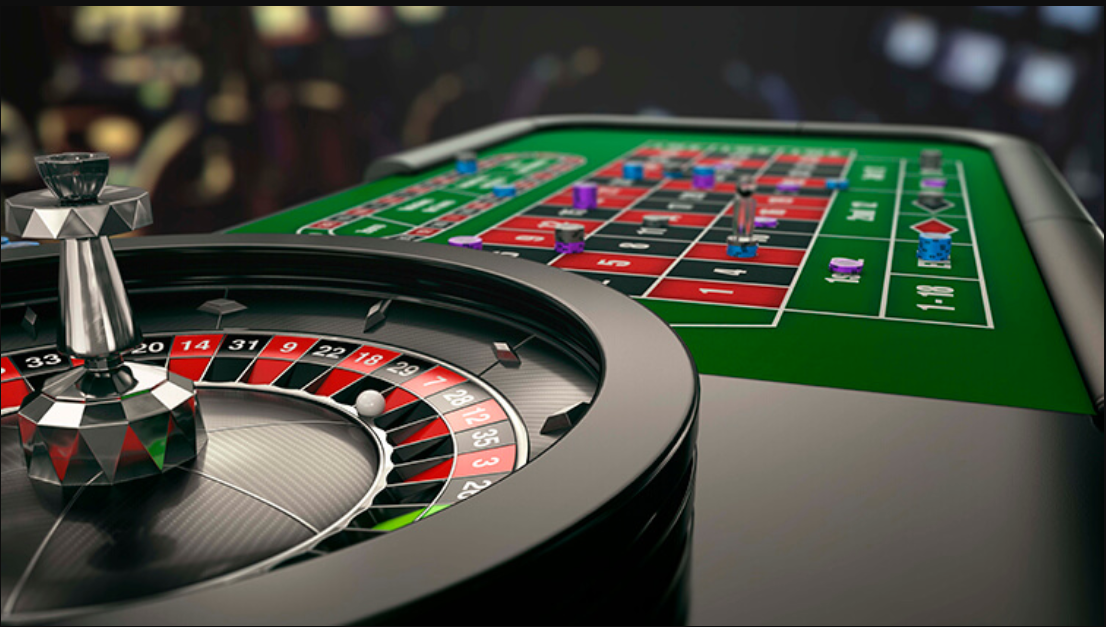
In the shadows of the glittering illuminations and the alluring noises of spinning reels lies a vibrant realm in which innovation meets numbers: the making of games of chance. While players converge to gaming establishments seeking thrills and the possibility of striking it rich big, a huge amount of work takes place behind closed doors to create the games they enjoy. From the initial concept to the final product that players interact with, numerous elements are brought together to ensure a captivating play experience.
Creators, technicians, and game developers collaborate to merge innovative technology with enthralling gameplay features. Each aspect, from visuals plus audio elements to odds and returns, is carefully designed to draw in players plus keep them engaged. Understanding the intricate process of the way casino games are made reveals both the technical expertise involved but also the artistic vision that brings these immersive experiences to life.
Casino Game Development Process
The design workflow begins with idea generation and concept development, where creators generate ideas for new casino games. This initial phase often includes identifying target audiences and analyzing market trends. Designers consider factors like game mechanics, themes, and payout structures to develop an immersive experience. Teamwork between game designers, mathematicians, and artists is essential to guarantee a balanced concept.
Once a design is selected, the next stage involves prototyping and testing. Designers create a working version of the game to evaluate its playability and mechanics. This facilitates adjustments and refinements based on feedback from testers. Sunwin Iteration is key, as designers may navigate multiple rounds of evaluations to fine-tune gameplay balance and user experience. This phase is essential for identifying any possible issues before the game is finalized.
After testing, the game moves into the development phase and production. This comprises the technical aspects of coding the game software, integrating graphics, and making sure compliance with gaming regulations. Quality assurance testing ensures that the game functions seamlessly across different platforms and devices. Once everything is refined, the game is prepared for launch, usually accompanied by marketing strategies to draw in players and generate excitement around the latest casino game.
Tech and Development
The evolution of gambling games has transformed significantly with advancements in tech. Modern game design often includes premium graphics, captivating sound effects, and interactive animations that create a compelling experience for gamers. Game developers use complex software tools and programming languages to develop these interactive gaming experiences. Additionally, the use of random number generators ensures equity and unpredictability in outcomes, which is crucial for maintaining player trust and compliance with gaming regulations.
In the past few years, the growth of online casinos has pushed the boundaries of game development even further. Developers are now able to build games that appeal to a global audience, integrating features such as live dealers and VR environments. This transition has encouraged innovation, leading to unique game mechanics and formats that enhance player engagement. Mobile gaming has also become a major focus, encouraging developers to optimize games for smartphones and tablets, ensuring availability and ease of access for players on the go.
Collaboration among designers, visual artists, and mathematicians is essential in the development process. Each team contributes their knowledge to make sure games are not only aesthetically pleasing but also statistically accurate and enjoyable. The integration of player feedback during beta testing allows developers to improve game features and functionalities, ultimately leading to a favorable launch. As technology continues to advance, the potential for new game concepts and experiences is endless, promising an enticing future for casino games.
Testing and Quality Control
Once a casino game has been created, it moves into the critical phase of testing and quality assurance. This phase ensures that the game operates flawlessly and provides a just experience for players. Teams conduct comprehensive tests, including operational checks to verify that all game features work as expected. Each aspect, from visuals to sound effects, is assessed to ensure quality benchmarks are met.
In addition to functionality testing, the game undergoes thorough compliance checks to meet regulatory requirements. Multiple jurisdictions have specific regulations governing game fairness and player protection. Quality assurance teams will check that the random number generators are operating correctly and that the game’s payout percentages correspond with market standards. This detailed examination helps establish trust with players and authorities alike.
Finally, beta testing may be conducted with real players to collect opinions on user experience. This critical insight allows developers to make necessary adjustments before the public launch. Addressing any possible issues recognized during this phase helps ensure that gamblers will enjoy a fluent, captivating experience when the game goes live. The commitment to quality reflects the sector’s dedication to delivering enjoyable and trustworthy casino games.